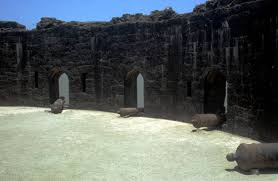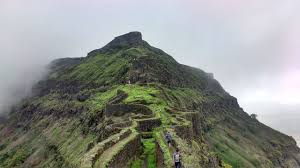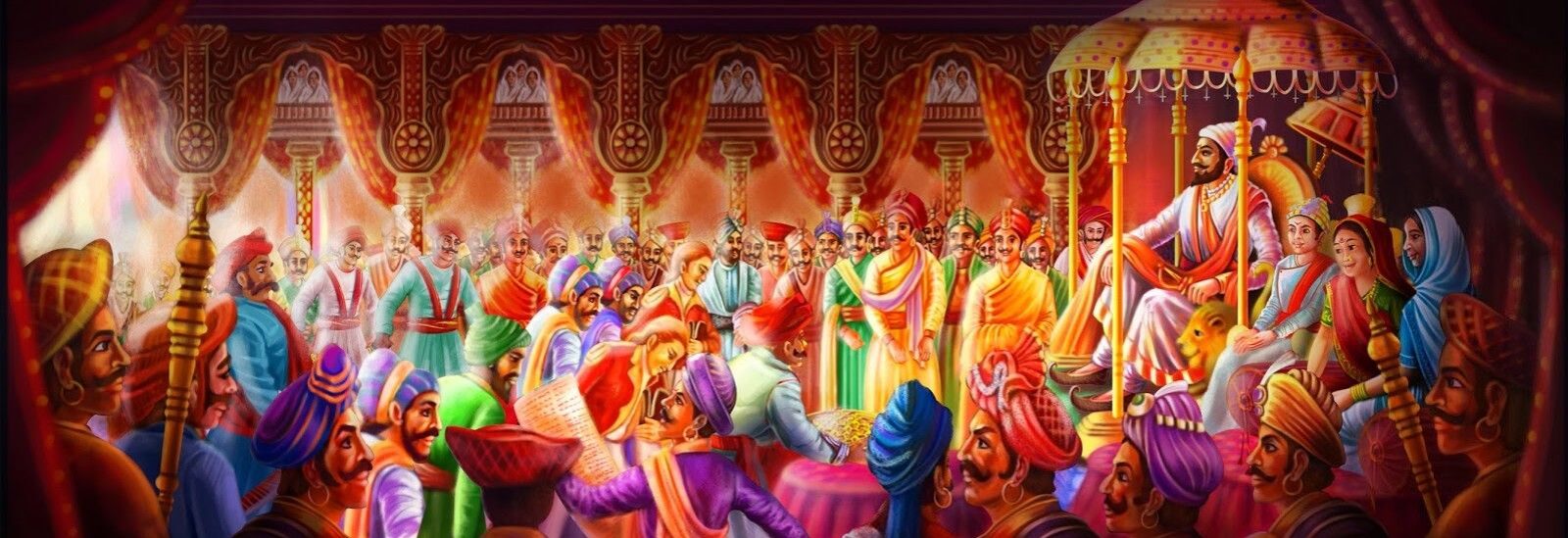Continue reading from Part I
Stepping Path (सोपान मार्ग):
Stairway facility provided at various places for going to and from places such as embankment, high place, door, tower etc.
Umbilical cord (नाळ):
Nal (नाळ) is a structure made of a space like a boli (small place), with a certain distance between the two banks of the embankment. This design was especially useful for misleading and confusing the enemy.
Windows (जंग्या / झरोके):
Holes were kept in the fort bank to shoot guns and arrows from the bank of the fort, it is called ‘Jangya’ (जंग्या). Its direction is mainly downward slanting. It was very well used to attack the enemy without being seen from within the coast.

Charya (चर्या):
Triangular, pentagonal shaped stones like petals are placed on the ramparts, gates, towers. They are called Charya (चर्या). It was used to attack the enemy and it also enhanced the beauty of the fort.
Attic (माची):
Machi means the first level space of the fort. A long stretch of plateau below the fort. This side is lower from the main fort and hence very important in terms of defence.
Examples: Sanjivani, Suwela, Zunjar etc.
The loft/Attic under the bank was Peth. Pethekaries were kept at the place to maintain it. They were instructed to keep an eye on enemy movements day and night and guard the area.

Continue reading with Part III
or goto Part IV, Part V, Part VI, Part VII, Part VIII, Part IX, Part X, Part XI


Pingback: Elements of Fort (Part XI) – Chatrappati Blogging
Pingback: Elements of Fort (Part IV) – Chatrappati Blogging
Pingback: Elements of Fort (Part V) – Chatrappati Blogging
Pingback: Fort (Part III- Introduction Continued) – Chatrappati Blogging
Pingback: Elements of Fort (Part III) – Chatrappati Blogging
Pingback: Elements of Fort (Part I) – Chatrappati Blogging
Pingback: Elements of Fort (Part IX) – Chatrappati Blogging
Pingback: Elements of Fort (Part VII) – Chatrappati Blogging